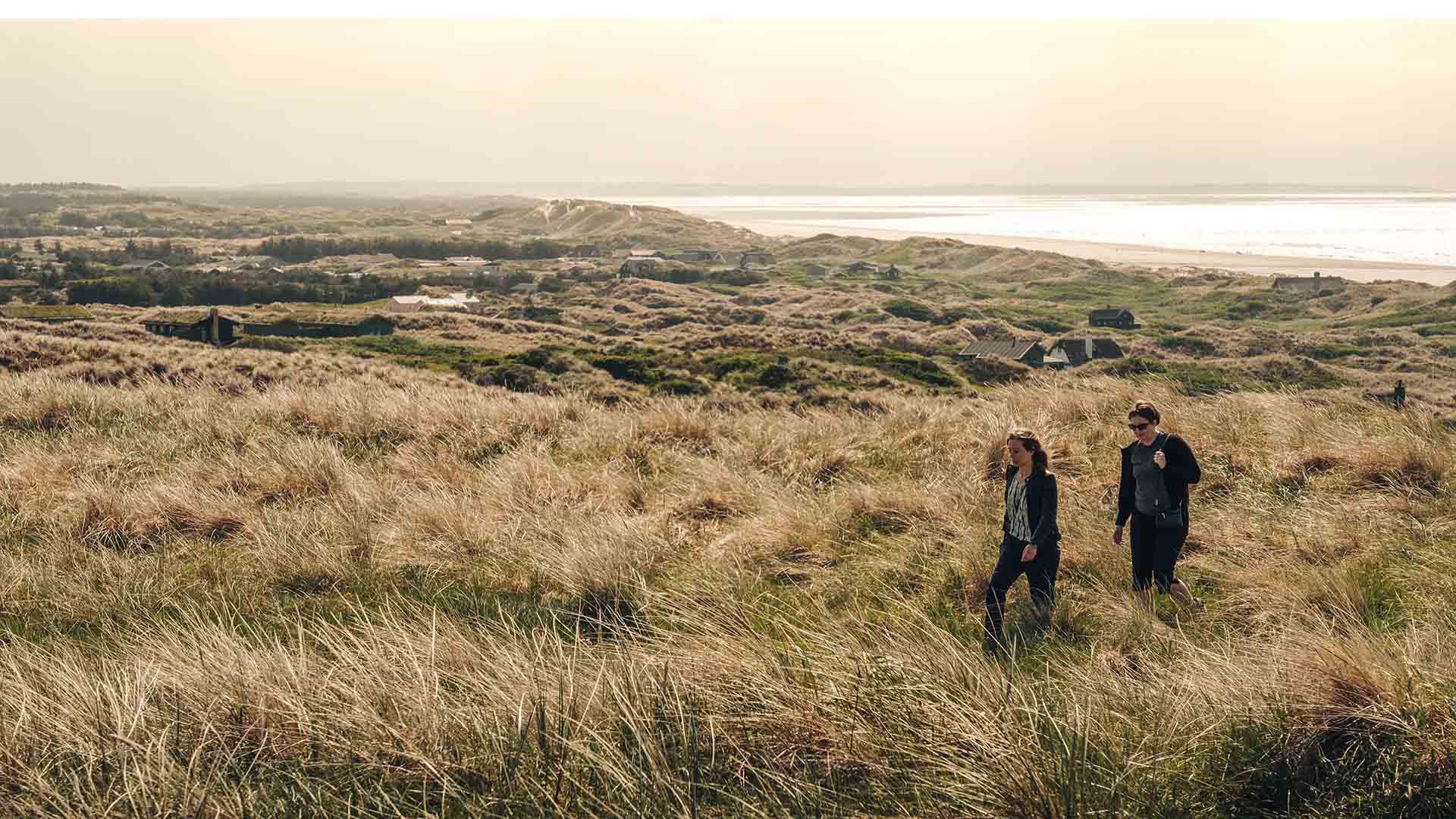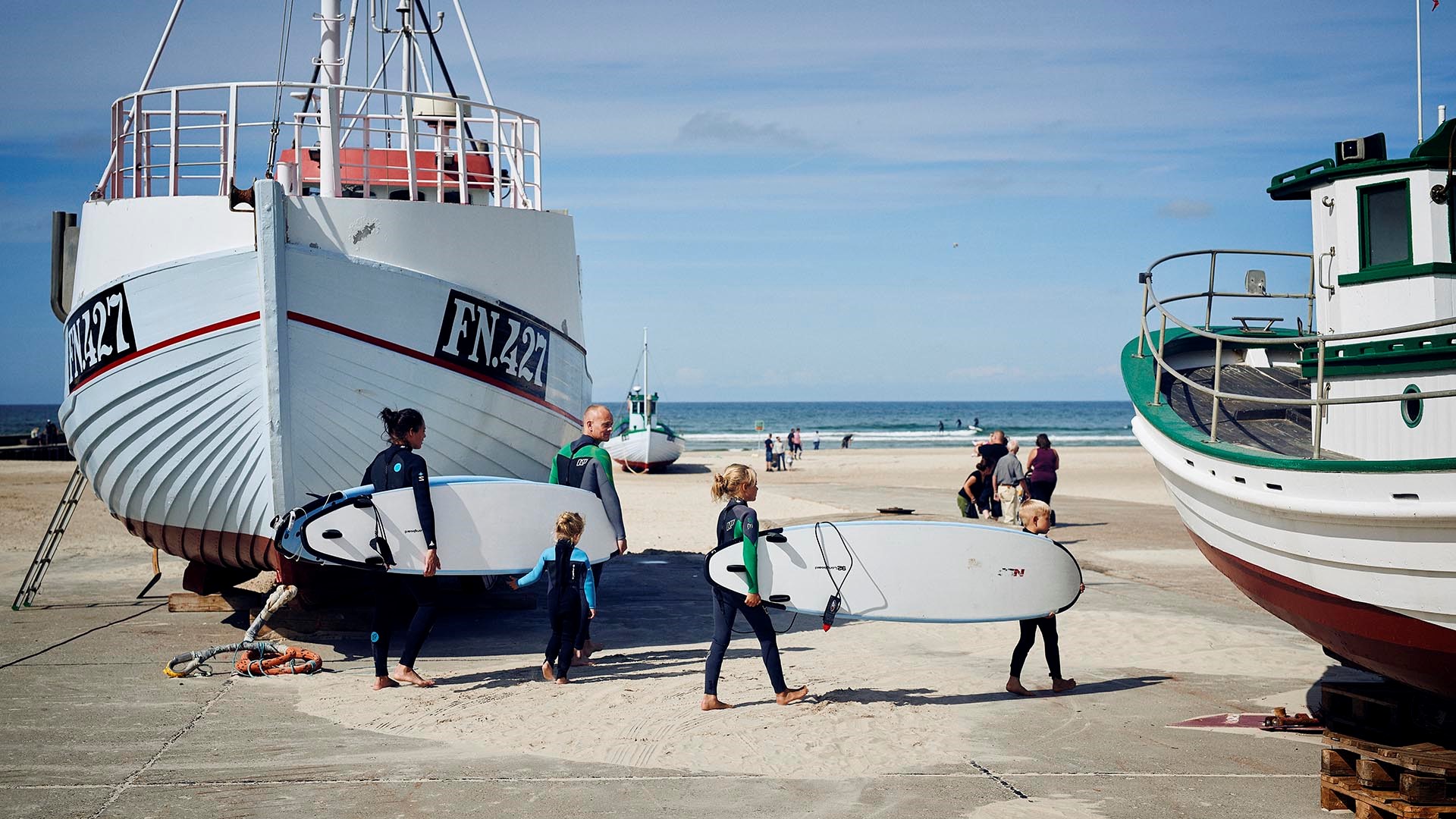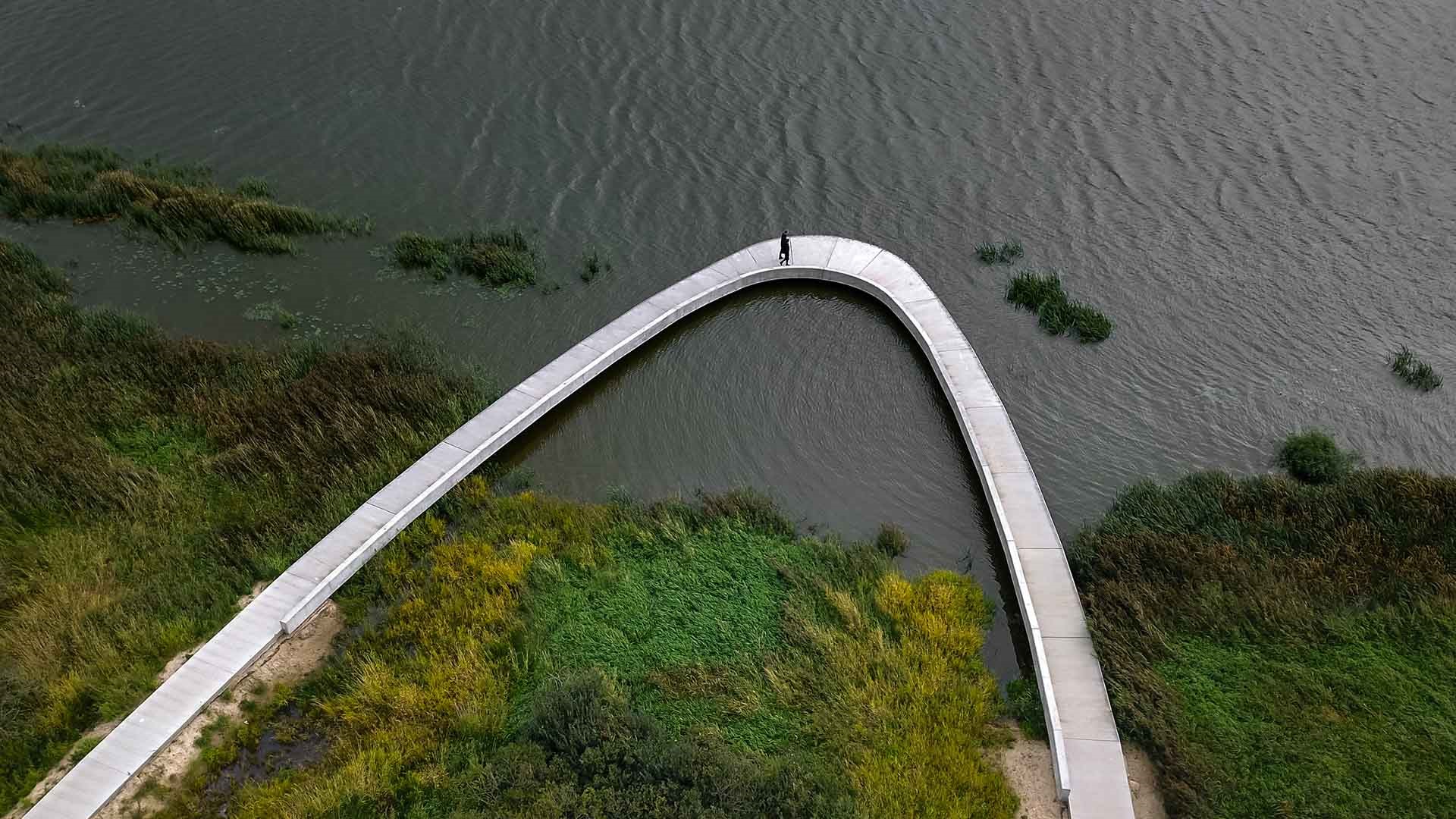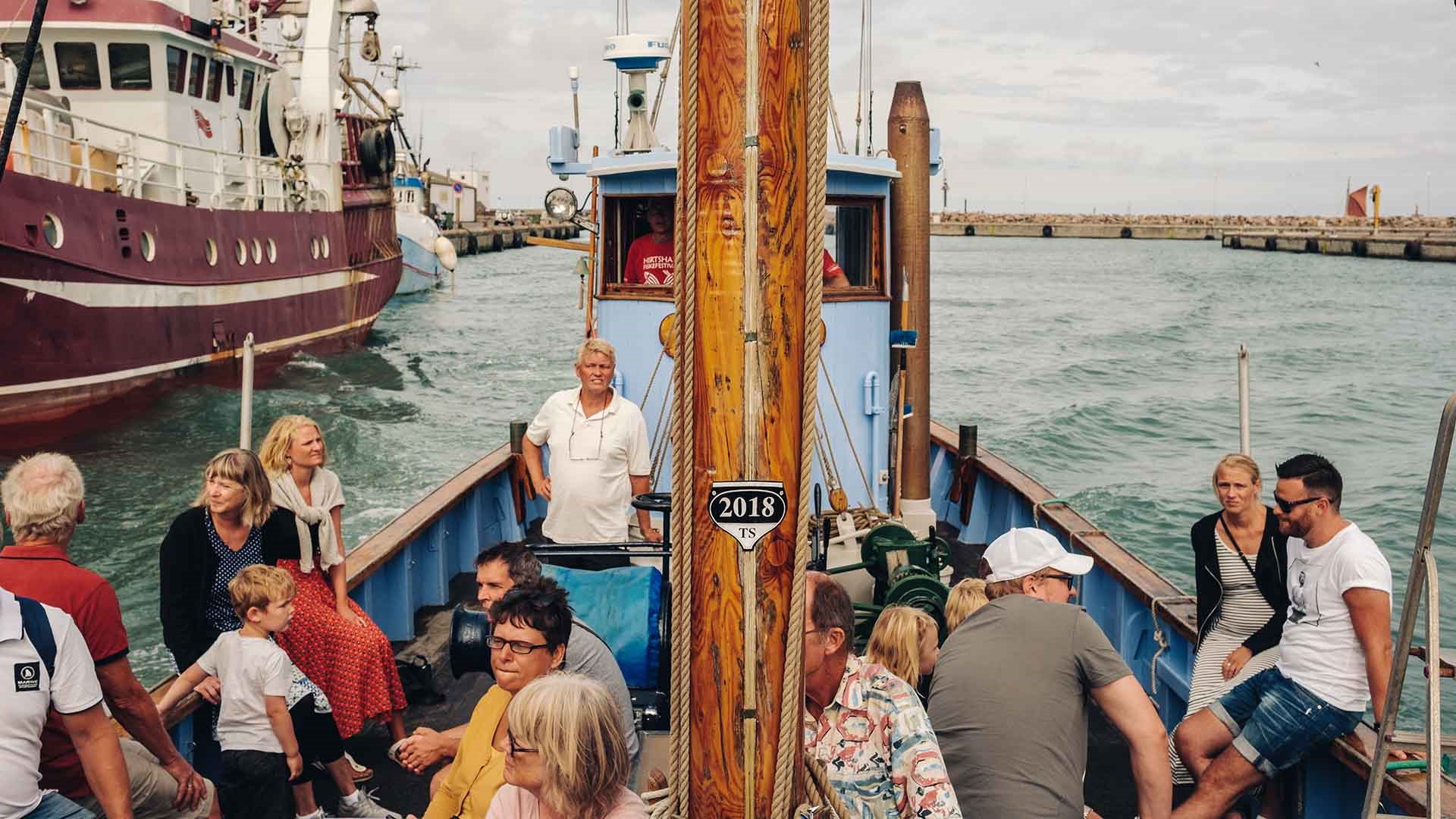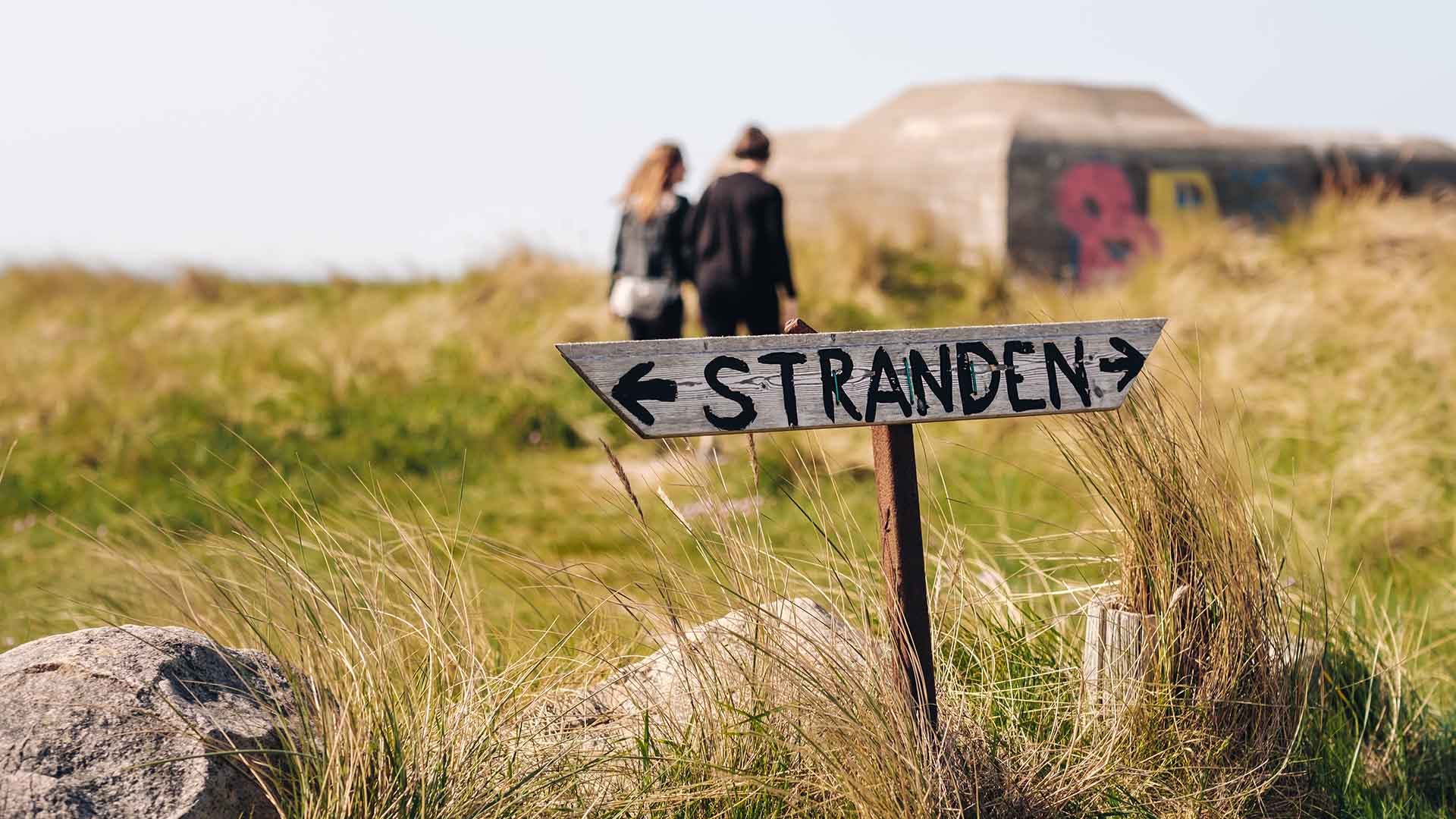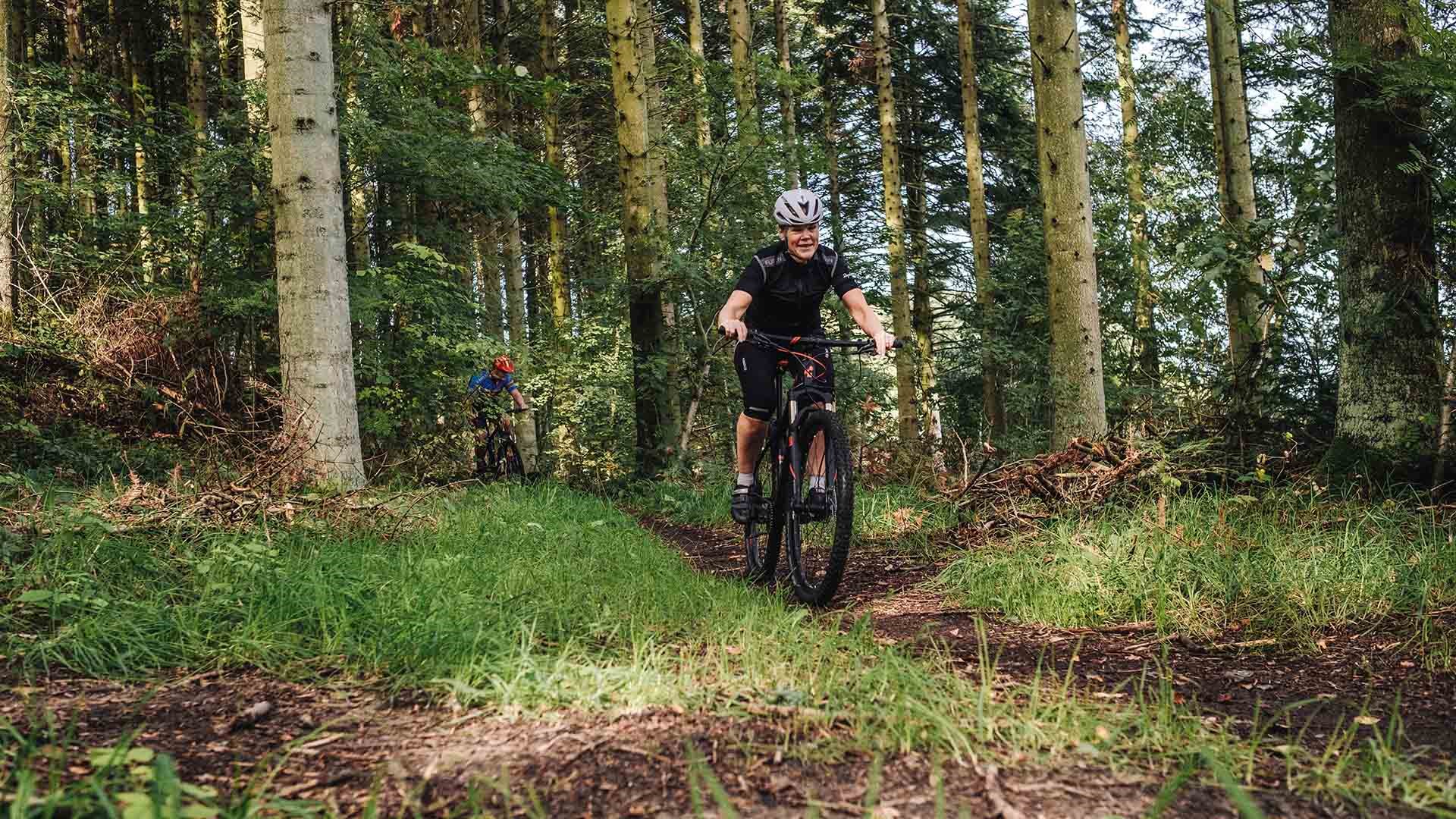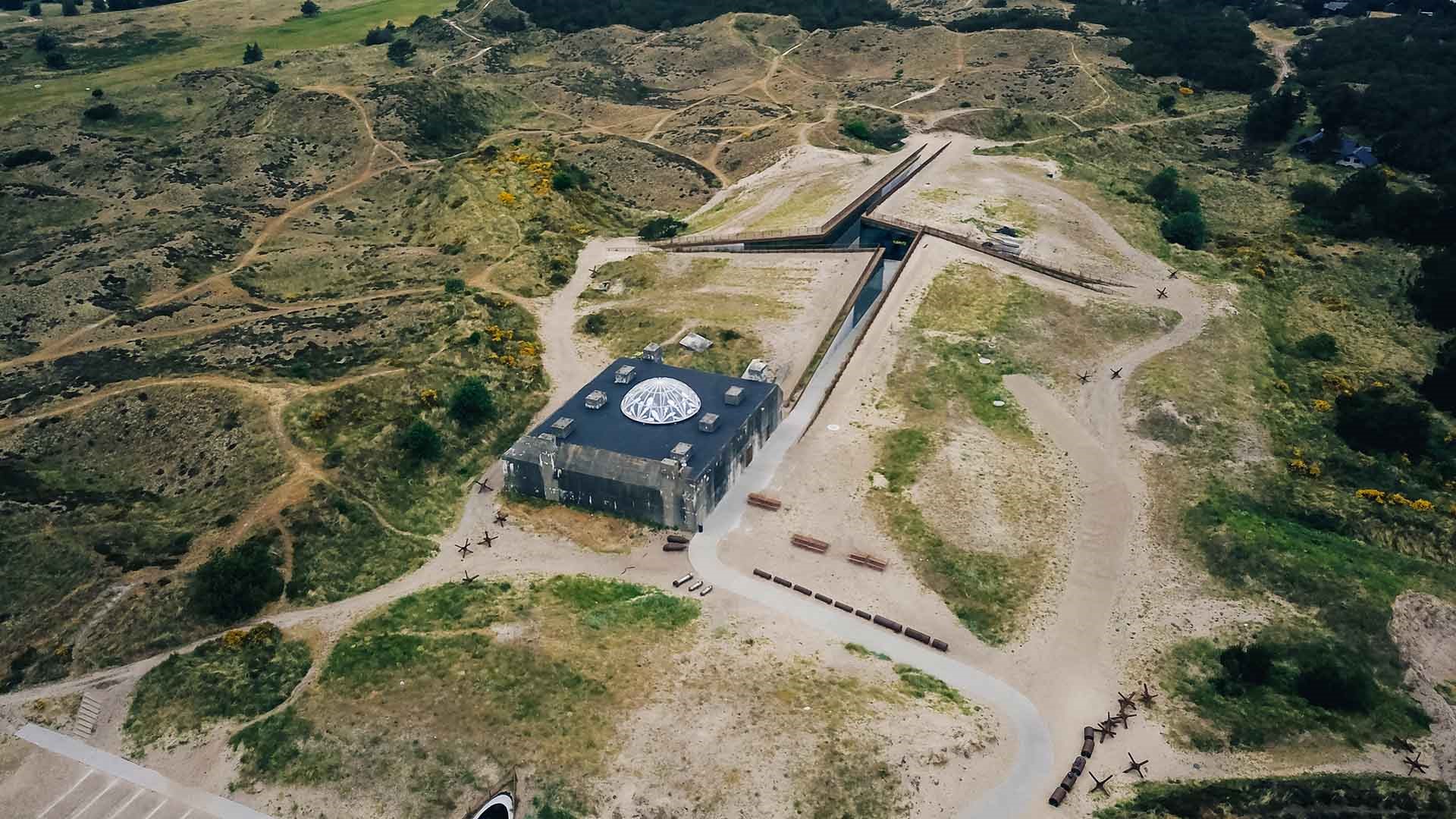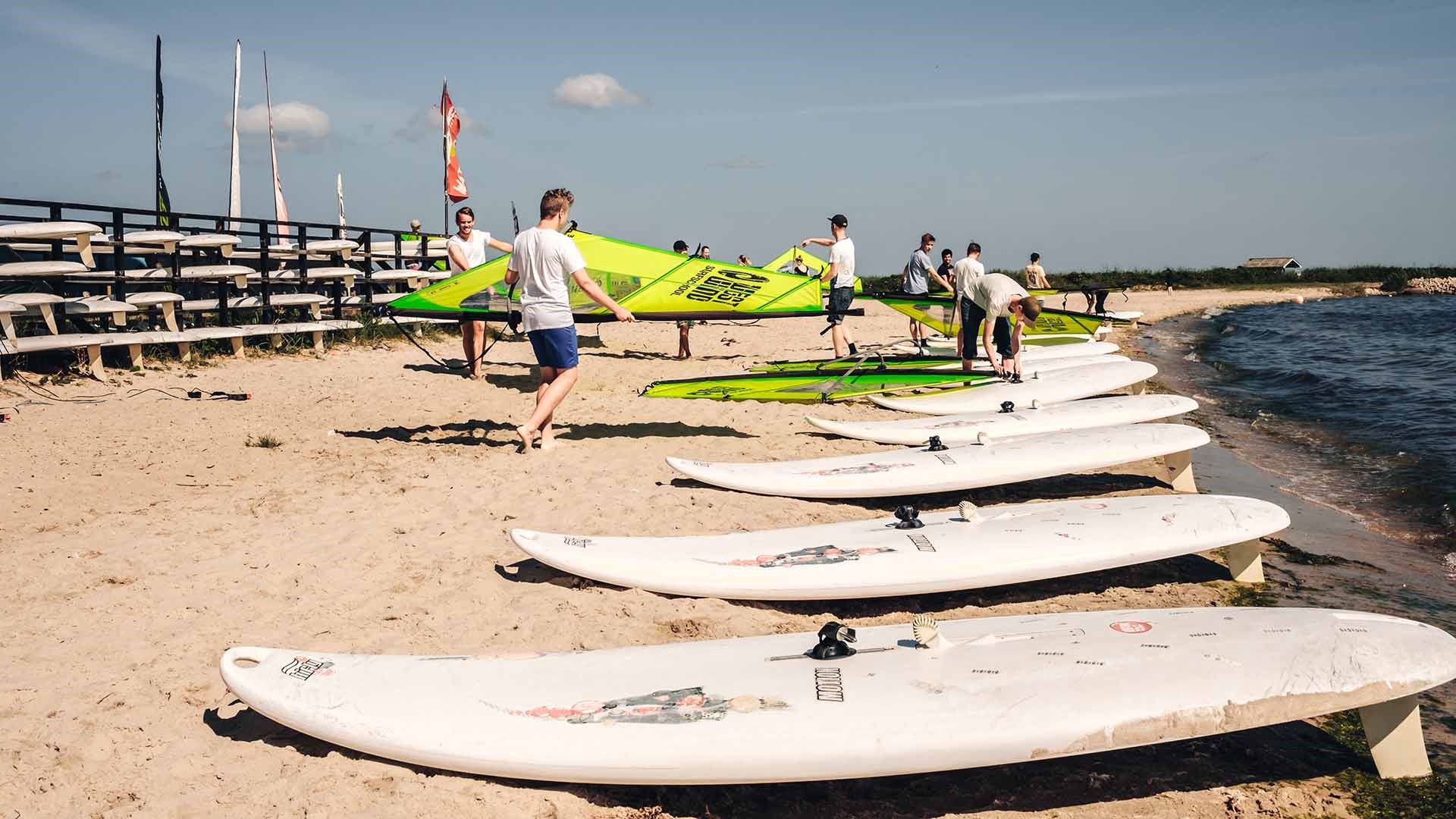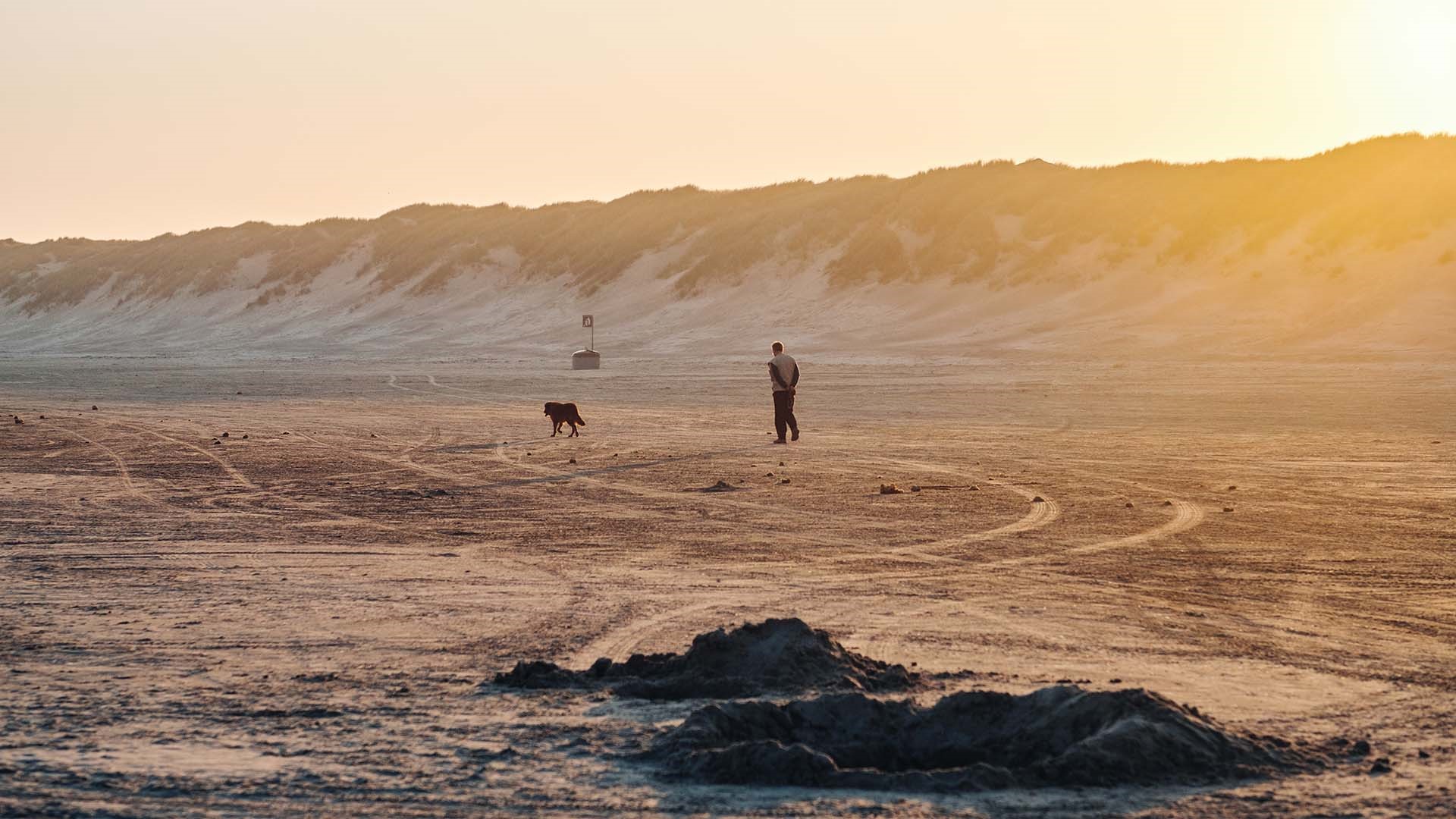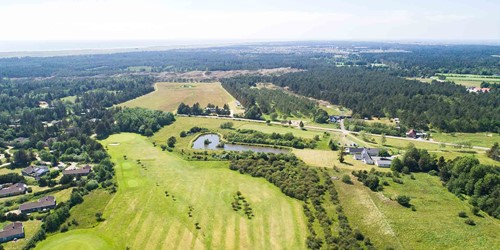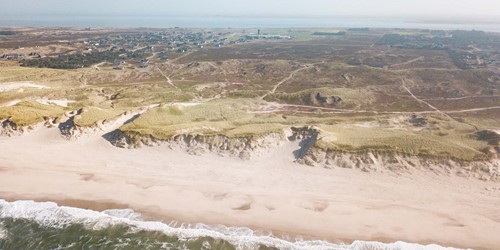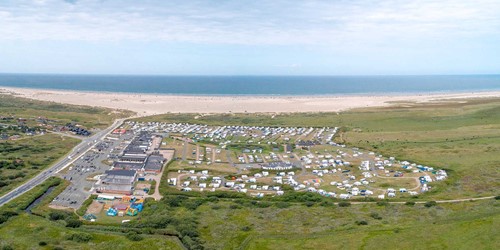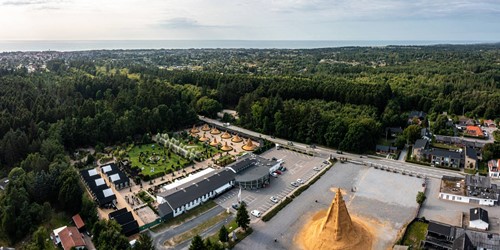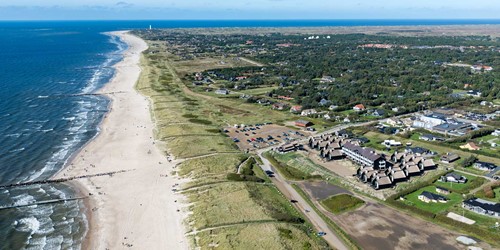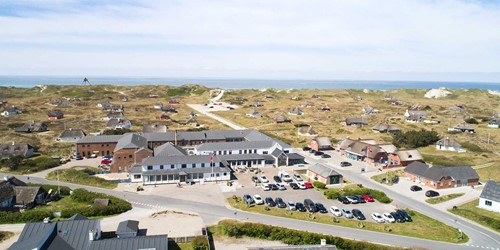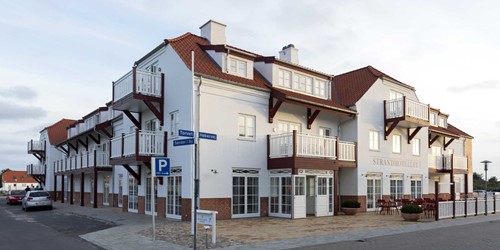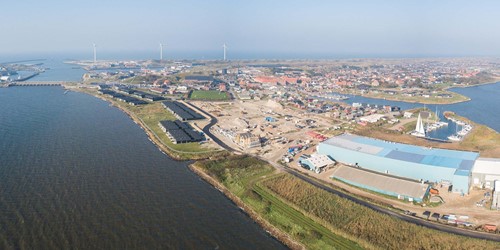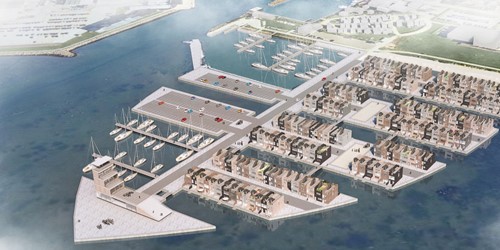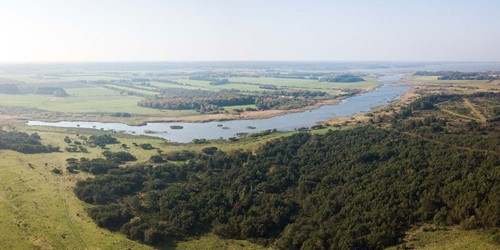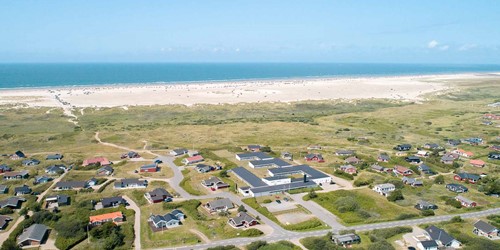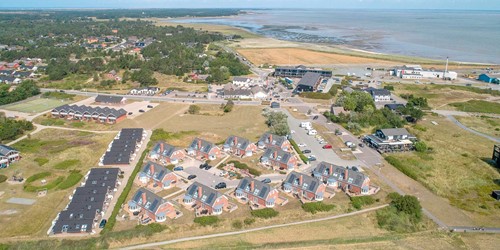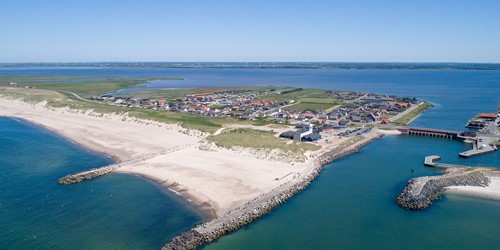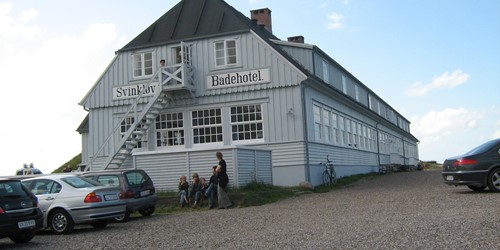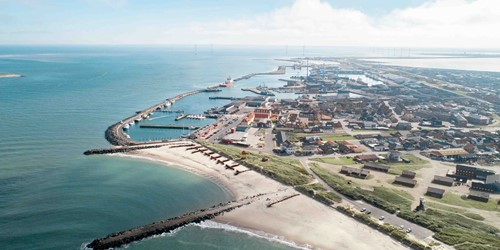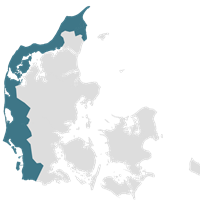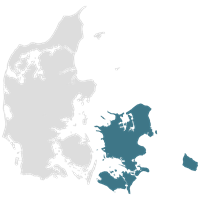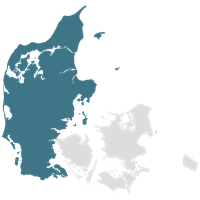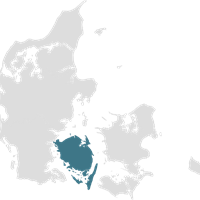The West Coast contains a number of well-established destinations with a long history and loyal visitors. The West Coast offers a unique 550 kilometer open, pristine and accessible coastline, as well as attractive, varied natural landscapes, unique attractions and a wide array of experiences.
Today the predominant type of holiday and accommodation is holiday homes, and there are more than 50,000 holiday homes along the Danish west coast. However, several important destinations experience capacity shortage in the high season and wish to extend the range of accommodation facilities. One in every three overnight stays in Denmark is on the West Coast, which is now one of Denmark's biggest and most important tourist products.
The West Coast comprises eleven Danish municipalities, all of which have a coastline along the North Sea: Frederikshavn, Hjørring, Jammerbugt, Thisted, Lemvig, Holstebro, Ringkøbing-Skjern, Varde, Esbjerg, Fanø and Tønder. The municipalities collaborates based on their geographic location and the 11 municipalities are each represented in one of the destination marketing organisations along the West Coast:
- Destination Nordvestkysten: Hjørring, Jammerbugt, Thisted, Holstebro, and Lemvig municipalities.
- Destination Nord: Frederikshavn, Brønderslev, Læsø, and Aalborg municipalities.
- Destination Vesterhavet: Varde and Ringkøbing-Skjern municipalites.
- Destination Vadehavskysten: Esbjerg and Fanø municipalities.
- Destination Sønderjylland: Haderslev, Aabenraa, Sønderborg, and Tønder municipalities.
Primary towns
A string of small and medium-sized coastal towns are located along the west coast. The primary towns are:
- The northern coastal towns: Skagen (population: 7,500), Løkken (population: 1,600), and Blokhus (population: 500)
- The popular surfing spot and holiday village Klitmøller (population: 1,200)
- The southern coastal holiday villages: Søndervig, Hvide Sande, Henne, and Blåvand
- Esbjerg is secondary in relation to tourism, but as the fifth largest city in Denmark the city constitutes a commercial hub
Principal attractions
The nature and coastline on the West Coast is in itself the greatest attraction.
Other primary attractions are:
- Fårup Sommerland (600,000 annual visitors)
- LEGOLAND (4 million annual visitors) – 70 kilometres from the west coast
- Tirpitz Museum (300,000 annual visitors)
- The North Sea Oceanarium (200,000 annual visitors)
- Cold Hawaii (31 surfing spots in Thy)
Principal nature experiences
With two national parks, a UNESCO heritage site, a geopark and several noted natural landscapes, the outstanding nature of the West Coast is internationally recognised. The principal nature areas are:
- The migrating dune of Råbjerg Mile
- Thy National Park
- Geopark West Jutland
- The Wadden Sea National Park – a UNESCO heritage site
Gastronomy
The West Coast offers a number of fine gastronomic experiences, including:
- Villa Vest
- Ruth's Hotel
- Brøndums Hotel
- Svinkløv Badehotel
- Lille K by Grantland
- Henne Kirkeby Kro
- Sønderho Kro
- Restaurant Sandgaarden
Main events
A number of events help invigorate the area. The main events are:
- Waterz – the largest water sport festival in Scandinavia
- Skagen Race – boat race
- Fanø Kite Festival
- Fish and shellfish festivals along the entire west coast, for example Hook and Cook, Hirtshals Fish Festival, Hvide Sande Herring Festival and others.
- Music festivals, the main ones being Tønder Festival and Skagen Festival
Infrastructure
The network of roads is crucial to tourism, especially in the southern and central parts of the West Coast region where many tourists (particularly Germans) arrive by car. The motorways are located inland and connect four of the eleven municipalities on the West Coast: Esbjerg, Holstebro, Hjørring, and Frederikshavn.
The North Sea Cycle Route "Vestkystruten" is a continuous 560-kilometre cycle route - the longest marked in Denmark and connects the West Coast from the north to the south.
The West Coast is served by three airports, of which Aalborg and Billund operate a large number of international routes. Central Jutland Airport at Karup mainly operates routes to and from Copenhagen.
The port of Hirtshals is served by a number of international ferry routes, linking the West Coast to the Norwegian market in particular.
Current capacity
Holiday homes are by far the predominant type of holiday accommodation. The West Coast accounts for 81% of all stays in holiday homes in Denmark, and 65% of commercial overnight stays on the West Coast are in holiday homes. Capacity utilisation is 59%, twice that of the rest of the country. Close to one in four holiday homes in Denmark are located on the West Coast. The predominance of holiday homes means that the offering of accommodation facilities is relatively one-sided, and several large destinations experience a shortage of new capacity in the high season.
Breakdown of current capacity:
- Holiday homes for rent: 17,160 units
- Camping pitches: 26,819 pitches (113 camping and caravan sites)
- Hotel rooms: 4,113
- Holiday centres: 32 (3,180 units)
- Hostels: 27 (658 rooms)
